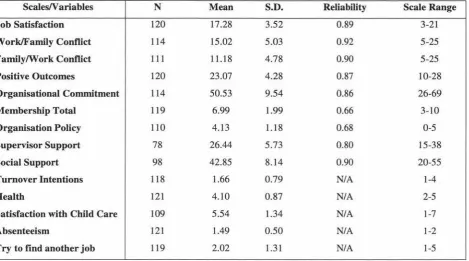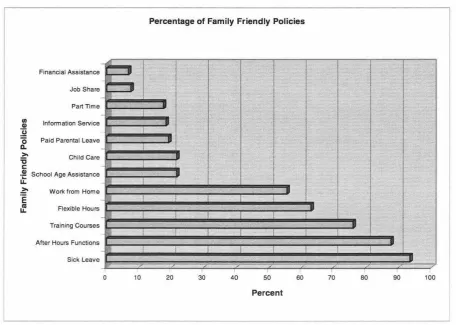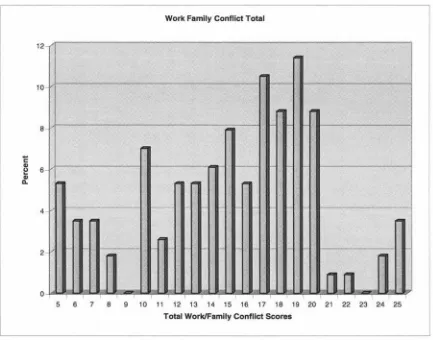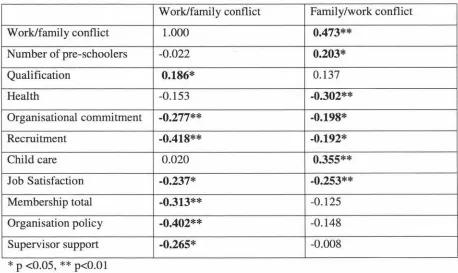Family friendly workplaces, the work/family interface and their relation to work outcomes among working parents : a thesis presented in partial fulfilment of the requirements for the degree of Masters of Arts in Psychology at Massey University
Full text
Figure




Related documents
“Confidential Information” shall include the following categories of information: (i) all documents or information relating to testing performed on a Player pursuant to Section 3 of
This also means the exclusion of a number of other costs: the impacts of indirect land development on physical activity and obesity, the cost of the additional infrastructure
Beyond providing the standard abstractions for building higher-order contracts (base, function, and object contracts), TreatJS ’s novel contributions are its guarantee
The stereo vision is a computer vision task which uses 2D images and known relative calibration between cameras as an input to reconstruct the 3D geometry of the scene from
The context groups are shown in Table 1 and consisted of marital status, age, whether the subjects had children, the number of dependent children, the type of basic
According to the results of this study, the information of pediatric and emergency medicine residents surveyed in this study about pediatric ALS is low and the lack of
The European Commission’s definition of initial and continuing vocational education and training (VET), as well as the definitions by Cedefop and the Organisation for
8.18 The average difference ∆ between prediction errors for ESNs trained/tested using same size and physical substrate, across the four tasks: T1 = NARMA- 10, T2 = NARMA-30, T3=





